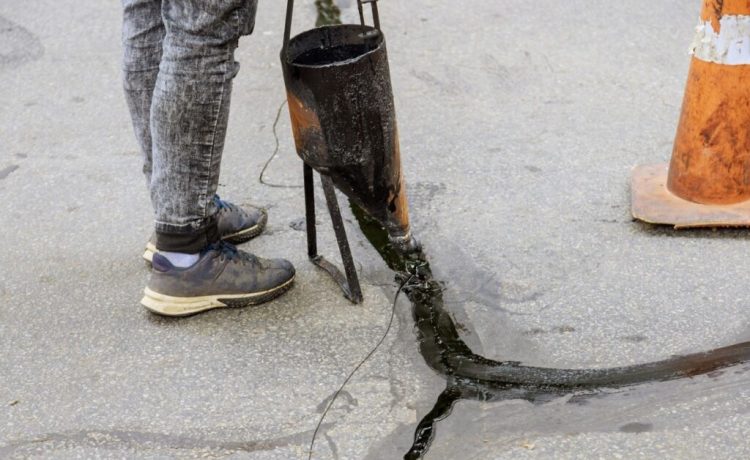Cracks in road surfaces not only diminish aesthetics but also present significant safety hazards to both drivers and pedestrians. If left unaddressed, these cracks quickly worsen, leading to potholes, erosion, and even structural failure of the road. There is a solution that helps prevent and mitigate the formation of cracks – Asphalt sealing.
Understanding road cracks
Before delving into the importance of asphalt sealing, it is crucial to understand the various types of cracks that occur on roads and their underlying causes.
- Alligator cracks – These interconnected cracks resemble an alligator’s skin pattern. They are typically caused by excessive traffic loads or a weak base layer beneath the asphalt surface.
- Longitudinal cracks – Running parallel to the road’s centerline, these cracks are often the result of poor construction practices, such as inadequate joint sealing or insufficient compaction during paving.
- Transverse cracks – Perpendicular to the road’s centerline, these cracks are commonly caused by temperature fluctuations, which cause the asphalt to expand and contract, leading to cracking.
- Reflective cracks – These cracks appear on the surface and reflect the patterns of cracks or joints in the underlying base or subgrade layers.
Regardless of the type, cracks in the road surface have severe consequences if addressed. Water seeps through these cracks, weakening the base layers and causing further deterioration. Cracks create uneven surfaces, increasing the risk of accidents and vehicle damage.
Regular sealing for optimal results
While asphalt sealing is an effective preventative measure against cracking, it is essential to note that regular reapplication is necessary to maintain its effectiveness. The frequency of resealing will depend on various factors, such as traffic volume, weather conditions, and the existing asphalt surface. Resealing asphalt roads every three to five years is recommended. This timeline allows the sealant to provide adequate protection while ensuring the underlying asphalt surface is still in good condition so the new sealant adheres appropriately.
Proper surface preparation
Proper surface preparation is essential to ensure the optimal performance of asphalt sealing. It involves cleaning the existing asphalt surface to remove debris, oils, and any loose materials that could interfere with the adhesion of the sealant. Any existing cracks or potholes should be repaired before sealing. This may involve filling the cracks with a specialised crack sealant or patching the potholes with asphalt repair material. Please address these issues before sealing to avoid premature failure of the sealant and potentially exacerbate the existing problems.
The sealant materials are typically made from recycled or repurposed materials, reducing the demand for new resources and minimising waste. The application process has a relatively low environmental impact, generating fewer emissions and requiring less heavy machinery companion extensive road construction projects. For any additional information you might need, visit northernhighwaysbitumen.com.au.
Regular sealing, combined with proper surface preparation, ensures optimal results and a cost-effective approach to road maintenance. Asphalt sealing aligns with environmentally conscious practices, making it a responsible choice for road agencies and municipalities. Investing in a proactive asphalt sealing program preserves our vital transportation infrastructure, improves safety for motorists and pedestrians, and minimises the need for disruptive and costly road construction projects. Asphalt sealing is a crucial measure in ensuring the longevity and quality of our roads, keeping our communities connected, and our transportation systems running smoothly.



















